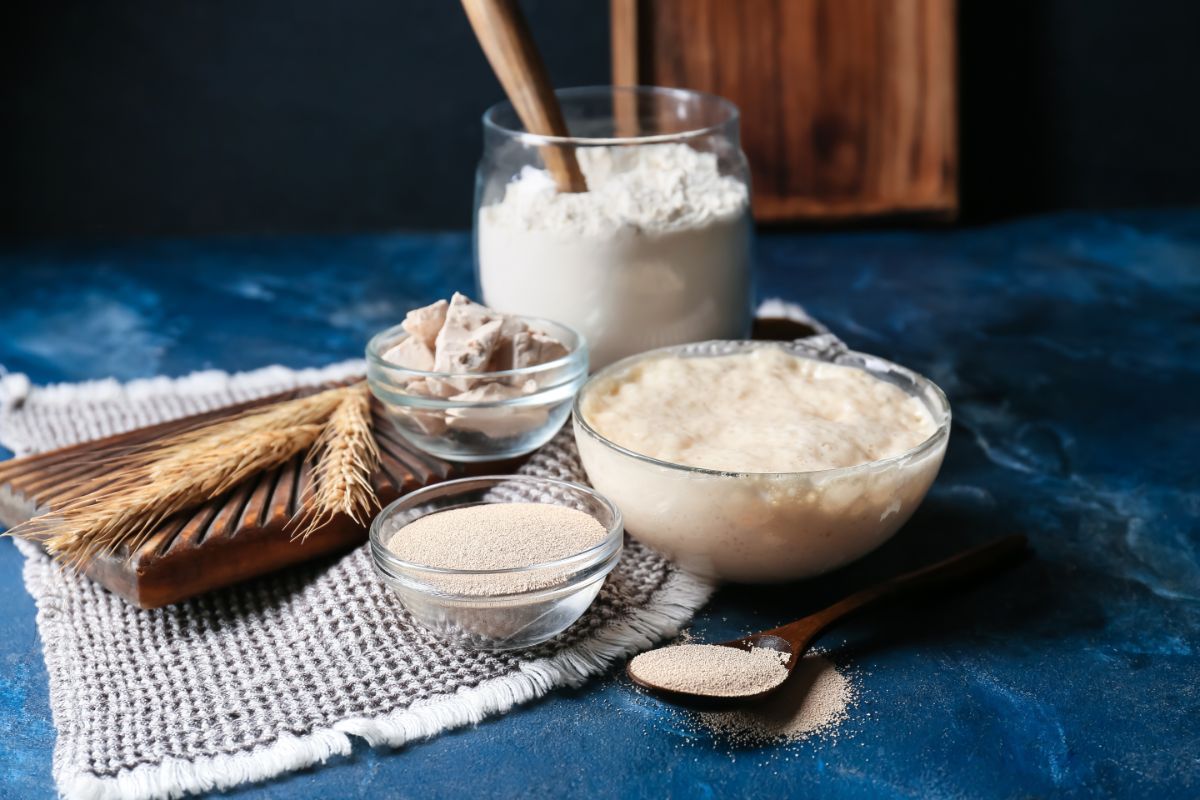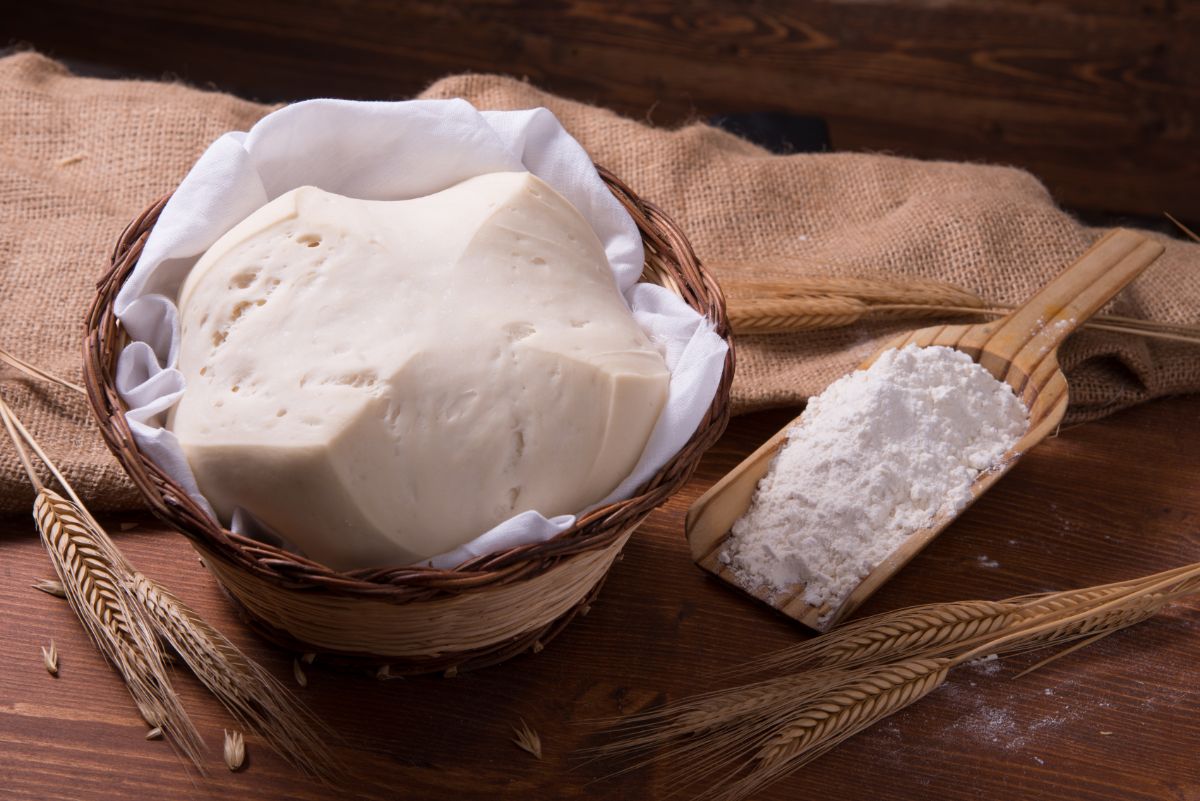Since time immemorial, bakers worldwide have been using yeast for bread baking. No side effects. No complaints. Just a snack and dietary supplement! However, with the passing of time, yeast-leavened bread is becoming a hot topic as far as health consciousness is concerned.

So, what are the health effects of yeast-leavened bread? Baking with yeast is in complete harmony with nature. It is a sure way of maintaining integrity in your baking and health institutions. The problems come in when the dough is not given enough time to cook. It lies more on the method and period of preparation. And, the additional ingredients that the grannies couldn’t recognize in bread baking.
You see, with the technological advancements in the baking industry, you will not lack something to complain about. The yeast bread that existed some centuries back is being replaced with a bunch of chemicals.
To increase the shelf-life, modern bakers have devised methods of removing the bran coating and the wheat germ. What is left today is the grain’s starchy endosperm.
Yes, this has improved the shelf-life of the bread, but nutritionally, the key components of the grains have been done away with. The fats, vitamins, minerals, fibers, and even proteins are no longer there.
On the other hand, dry yeast has been developed to replace the traditionally living yeast. Nowadays, you can use the rapid-rise yeast to bake the bread in no minute.
This is not bad. But, how sure are you that everything is well-cooked by the time you allow the bread to cool? And, if you are using the whole grains, do you even know the longer it should take the grains to cook better?
Lastly, the whole grain bread is being substituted with white slices. Colour is not a big deal here. After all, everyone has a taste for white bread. It is for this reason that the shelves in the supermarket are stuffed every time you go shopping.
But, have you had a glimpse of the chemical contents on its package. If yes, did you love their names or you freak out just like any other person?
Yeast bread cannot be healthy when it is shoddily prepared and come laden with additives. In short, once it is prepared in an unknown place, by an unknown baker, and with unknown ingredients, it is deemed unhealthy.
Health effects of modern yeast-leavened bread

Empty calories
Where the whole grains are not used, whether you use which type of yeast, the bread’s caloric value will remain empty. Refined flour is mainly made up of sugars. No health fats. No essential proteins. No vitamins or minerals. Just sugars! No wonder you can end up eating the whole loaf without feeling any change in the stomach.
Some baking geeks will tell you to fill the void using additional ingredients. Yes, you can do it. But, in this world of confusion with diverse cultures and different theories, who will you believe? Don’t be surprised if the same geeks tell you to go to the gym to cut down the excess weight after only some weeks.
Impaired absorption
You have encountered wheat gluten severally. And, of course, kneaded, baked, and consumed it without any worry. However, not many people will tell you that the substance always sticks to the walls of the intestines and decomposes slowly with time.
Where the consumer doesn’t consume gut-friendly foods, the gluten will grow and create a conducive environment for the growth of fungi and yeasts. With time, you will start to eat so often and much more than expected.
Some other ill-health symptoms include a gassy stomach, short breath, heart arrhythmia, and eczema. Also, the body will end up excreting most of the ingested food since absorption in the small and large intestines is impaired.
Blood toxification
Once the intestine is coated with toxins, chances are that the little that is absorbed will end up in the blood together with the toxins. With time, you will start to experience skin problems such as rashes, dermatitis, eczema, and acne.
The toxins are usually made up of things that you ate almost four months ago. You will feel weaker and older. With no earlier medication or change of diet, you can end up with deadly diseases such as colorectal and stomach cancer.
Since the body is made in a way that it will always try to fight anything suspicious, it will react with the existing toxins and excess gluten. It’s for this reason that you will experience conditions such as bloating, constipation, diarrhea, and abdominal cramps.
Finally, with foreign substances entering the blood system, the body will react to foreign substances through the production of mucus. It is the mucus that flushes the foreign materials out of the body.
However, with increased absorption of the foreign materials, the mucus production becomes too extreme to a level where it starts to build upon the arterial walls. This leads to arteriosclerosis, high blood pressure, and even heart failure.
Increased body acidification
The growing yeast and accumulated gluten interfere with the intestinal mucus secretion. It also alters the way the produced mucous spread in the intestinal walls. One of the side effects of this is the creation of an acidic environment around the intestines.
With an acidic intestine, strains of ingested foods such as milk, protein, and gluten end up in the bloodstream in their undigested state. Acidity in the intestine is also a risk factor to carcinogenic cells. Also, acidic environments are ideal for the growth and spread of harmful substances in the body.
Infection to modern disease
Regular use of the yeast-leavened refined bread is a risk factor for diseases such as high blood pressure, obesity, diabetes, Alzheimer’s disease, and high cholesterol level. However, the most popular disease among white-leavened bread consumers is obesity due to the high calories.
Conclusion
The only way to stay safe is through domestic bread baking. Health is all about monitoring what enters your body. Through domestic baking, you will be free to choose your ingredients well and cut off unnecessary chemical ingredients. Otherwise, regular yeast-leavened bread made with the “traditional ingredients” is far much healthier.
